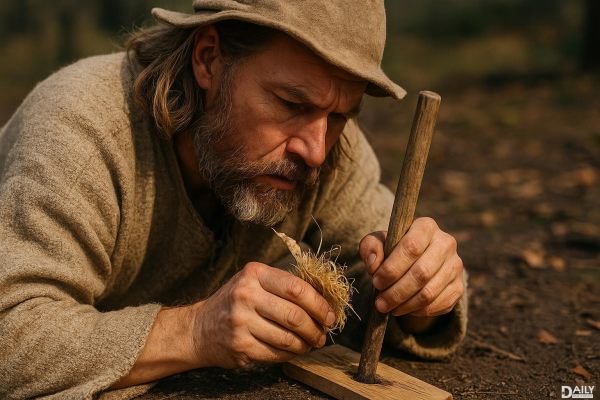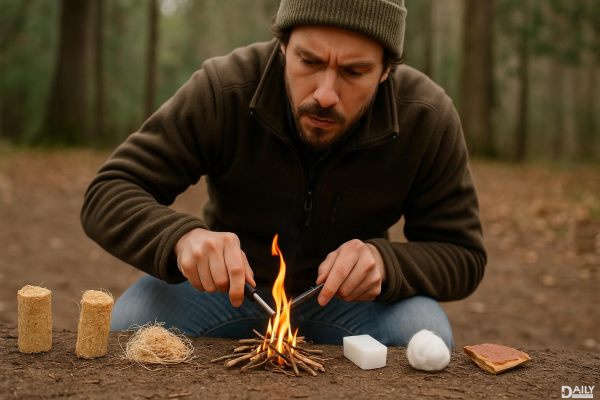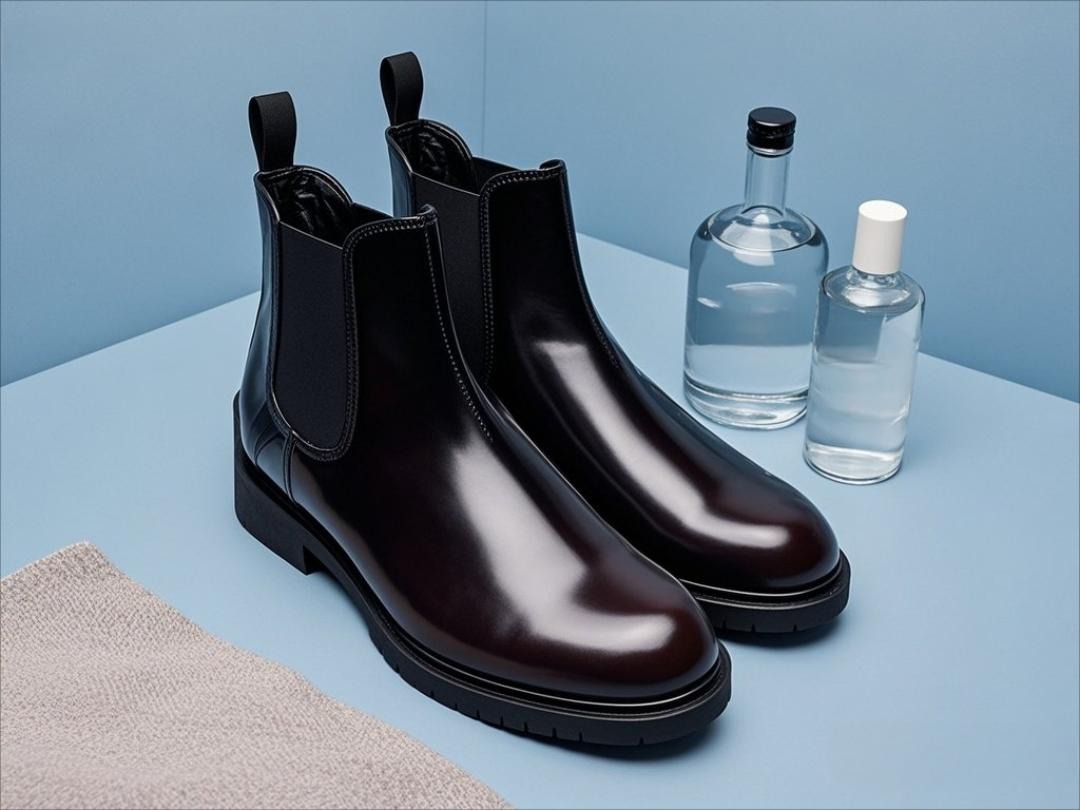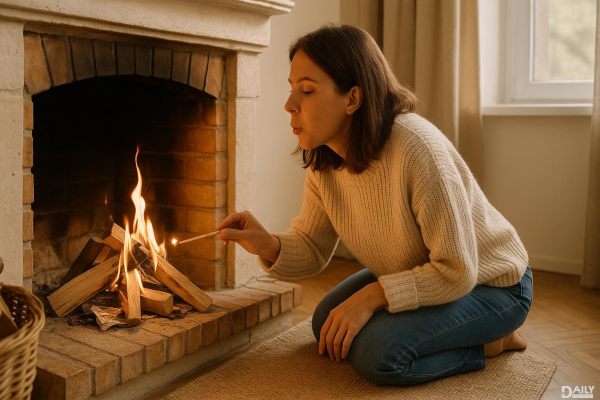Our ancestors didn't have the luxury of flicking a Bic when they needed flames—they mastered the art of fire-starting using nothing but natural materials and sheer ingenuity. From bow drills to flint and steel, early humans developed dozens of clever techniques to harness this essential element, many of which modern survivalists still practice today.

Before matches became commonplace in the 19th century, people relied on friction-based methods that would make your average camper sweat just thinking about them. The hand drill technique, used by indigenous cultures worldwide, involved rapidly rolling a stick between your palms against a wooden baseboard until the resulting sawdust ignited from sheer heat. This method required not just skill but serious endurance—we're talking blistered hands and aching shoulders for what we'd now consider a basic camping necessity.
When our ancestors upgraded from hand drills, they invented what survival experts still consider the gold standard of primitive fire-making: the bow drill. This clever system used a bow (yes, like the weapon) to rapidly spin a spindle against a fireboard, generating friction heat more efficiently than hand-rolling. The setup included a socket stone or piece of hardwood to apply downward pressure, turning the whole operation into a primitive but effective mechanical system. Modern experiments show a skilled bow drill user can create an ember in under a minute—faster than most people can find their lighter in a backpack.
European settlers brought their own fire technology to the New World—the flint and steel method that dominated from the Middle Ages through the pioneer era. Striking high-carbon steel against flint produces hot sparks that can ignite char cloth (fabric burned in an oxygen-deprived environment). What's wild is that this method remained in common use until the 1920s, with many rural households keeping a flint and steel set handy even after matches became available. The technique lives on today in survival knives with built-in ferrocerium rods, proving some old-school solutions never really go out of style.
Polynesian cultures developed the fire plow, where a hardwood stick is vigorously rubbed along a groove in softer wood until friction creates an ember. Meanwhile, Arctic peoples used pyrite striking against quartz to create sparks in their snow houses. Perhaps most impressive was the Chinese fire piston—a sealed bamboo tube that could ignite tinder through rapid compression, essentially creating a miniature diesel engine effect centuries before the internal combustion engine was invented.
Beyond the obvious survival applications, practicing primitive fire-starting connects us to our ancestors in a way that's almost spiritual. There's something profoundly human about creating fire from scratch—a skill that literally kept our species alive through ice ages and migrations. Modern bushcraft enthusiasts report that successfully making fire without matches delivers a rush of accomplishment that no lighter could ever provide. Plus, in our tech-dependent world, knowing you can create life-sustaining heat with nothing but sticks and determination is one heck of a confidence booster.
Next time you're camping, try putting the matches aside for one evening. You might just discover that the ancient art of fire-making sparks more than just flames—it could ignite a whole new appreciation for human resilience and creativity.
























